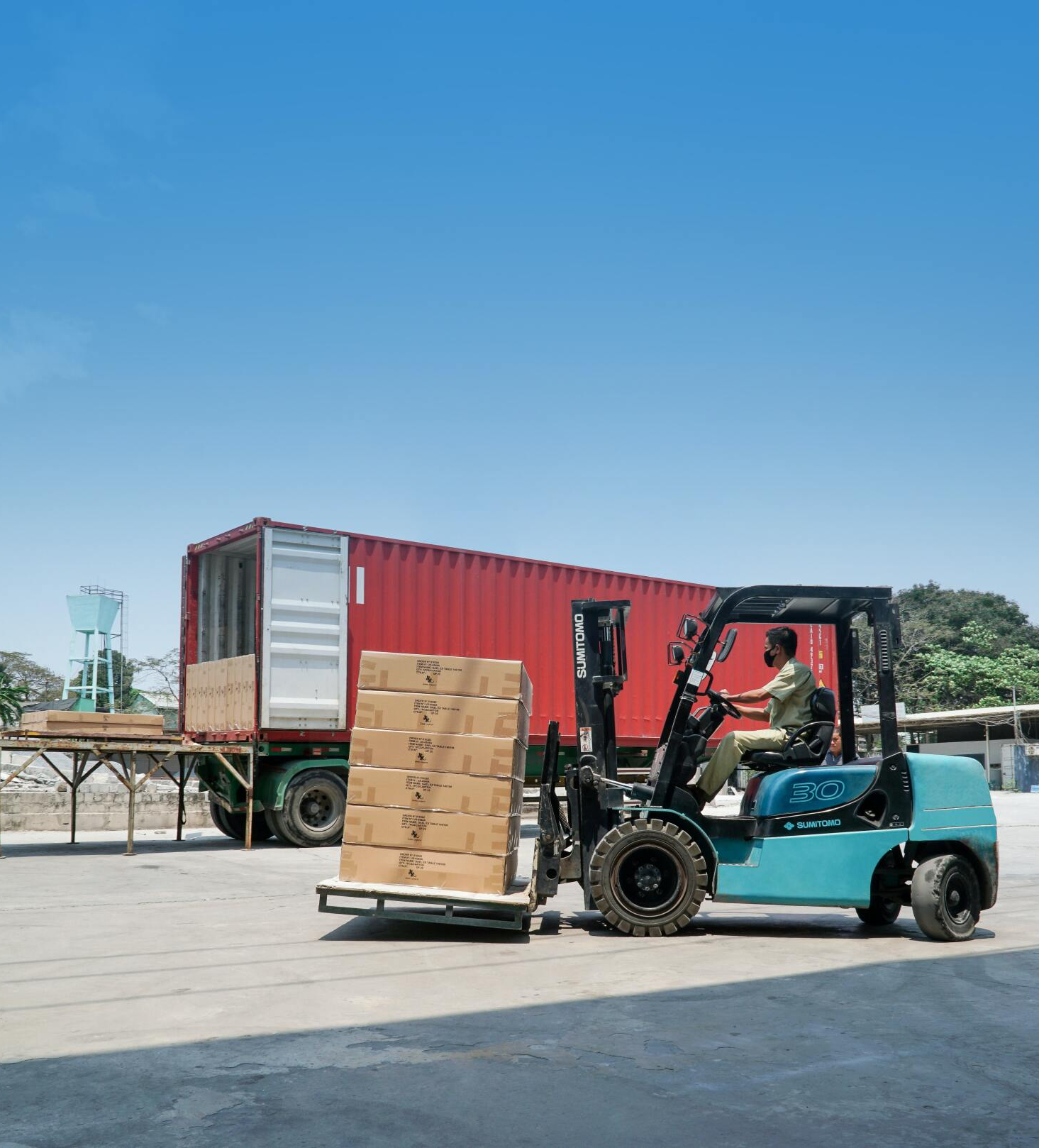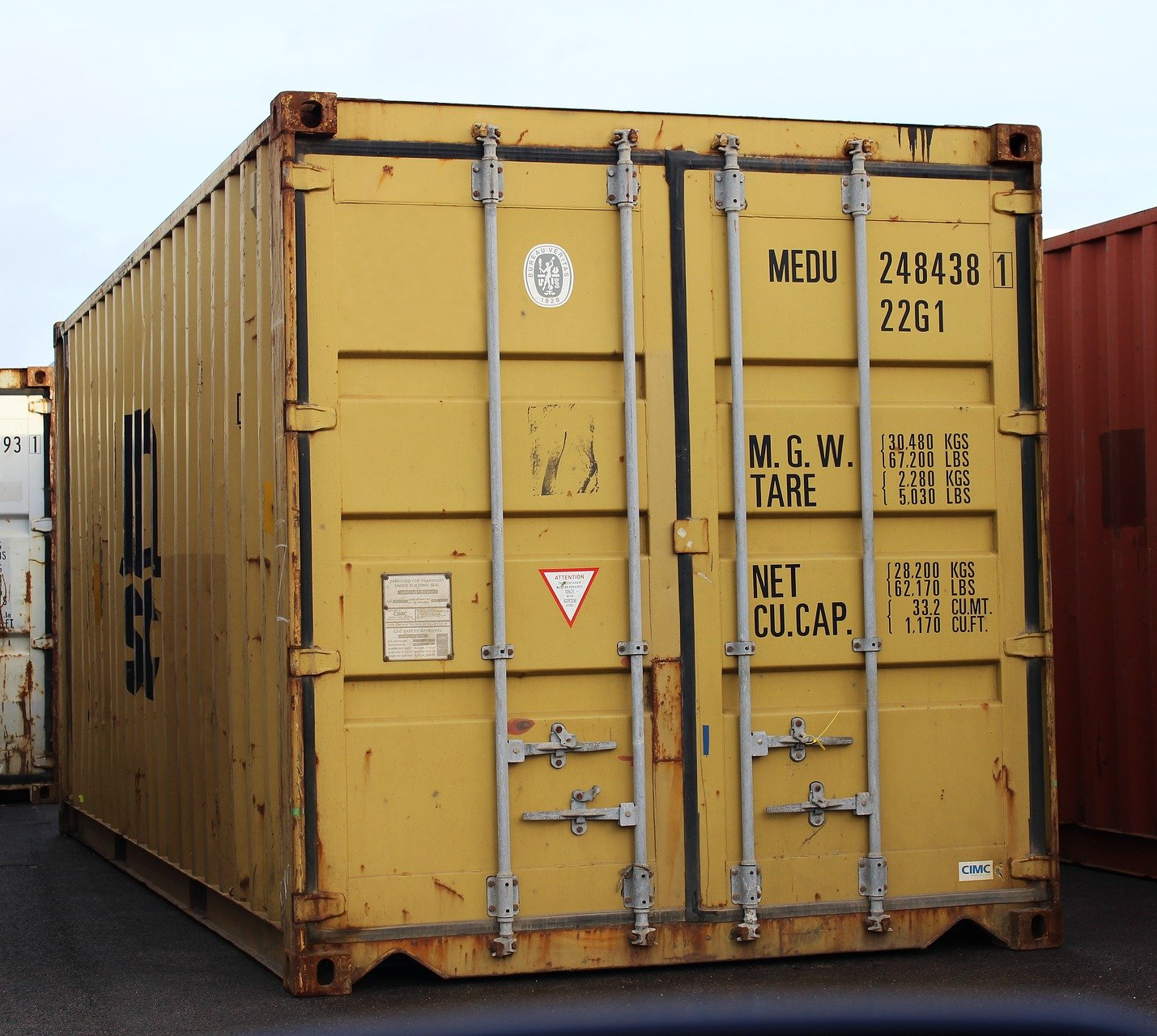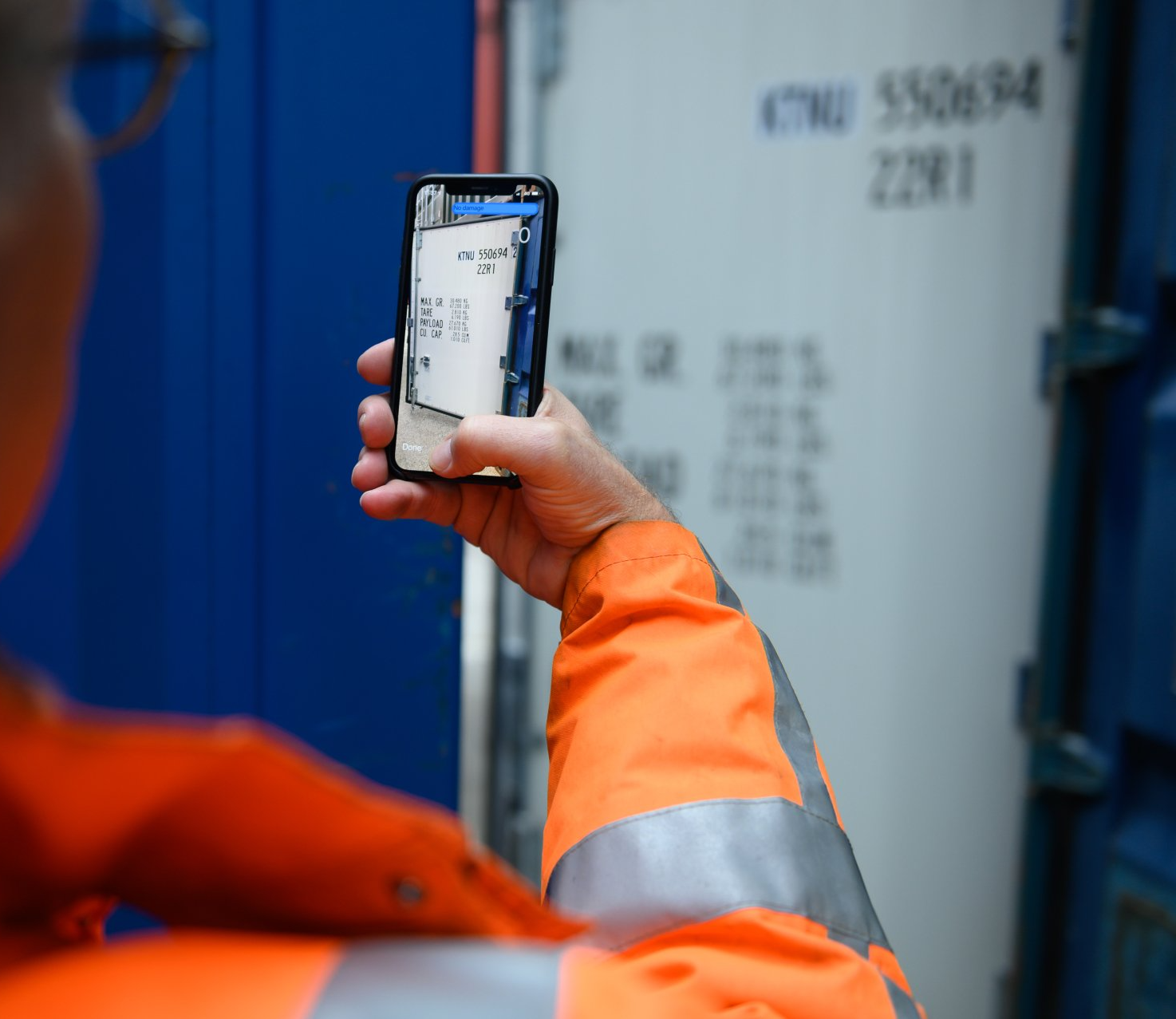All you need to know to take your cargo inspections to the next level
As a logistics service provider, it is likely that you already know what an inspection is and why it is important for your business. You may recognize inspections as a great way to avoid claims and to check on your own internal processes. However, you might have had to deal with (unjust) claims that you failed to fend off despite your meticulous inspection process.
How can you make your inspections more efficient in order to avoid or protect yourself from such claims and prevent financial losses?

First things first: What exactly is an inspection and why do you need one?
A cargo inspection is a process that involves checking and examining if the cargo meets the specifications described on the shipping documents that accompany it. Having a good inspection process can serve as a final check to make sure that no defective goods will reach your customers and thus to avoid reputation damage.
Furthermore, by gathering visual proof of the condition of the goods at defined points through their lifecycle enables you to create a Proof of Condition of your cargo, which is essential in order to avoid potential claims and internal issues.
Depending on when and where the inspection is carried out and what is inspected, there are different types of inspections and important aspects that need to be considered.
Where
Inspections happen in different places. The main distinction is between inbound and outbound inspections, i.e., depending on whether they are carried out in the place where goods are received (inbound) or the place where they are handed over to, for example, a carrier (outbound).
During an inbound inspection, the inspector examines and records the state of the incoming goods, focusing on damage and other non-conformities. If the cargo is damaged or does not adhere to the specifications, action needs to be taken. As a rule of thumb, you will communicate the state of the goods to the cargo owner in case of any (even minor) discrepancy and ask them for input.
The outbound inspection focuses on ensuring that the cargo leaves in good condition. The cargo’s state must be examined and recorded in a comprehensive manner, making sure that all sides of the cargo are properly checked. Just as for the inbound inspections, in case of damage or unconformity, it is good practice to take action, like informing the owner of the cargo of the state of the goods.
When
Moreover, inspections can happen in different points in time. Generally, cargo can be inspected before, during and after loading, as well as upon receival.
Pre-loading or pre-shipment inspections are carried out when the goods come back from production. They serve to verify through random sample checks the quality of the products before they are loaded into a shipping container, truck or vessel.

This gives place to a further inspection: the container loading inspection, which purpose is to check that the goods are handled and loaded correctly into the container for a safe transportation and delivery. In case the cargo is transported by truck, vessel or other means, the inspection will focus on the specific equipment used.
Once the cargo is fully and securely loaded, a final inspection will go over the final details and ensure that the cargo fits correctly in the container or mode of transport and does not move in transit. Ensuring that the goods are properly secured with chains, ropes or belts is called lashing inspection and is especially important when dealing with goods that do not usually fit wall to wall, such as coils and pallets.
Just as there is a loading inspection, there is also an unloading inspection, which takes place when the cargo is unloaded from the shipping container or mode of transport. This inspection mainly serves to check if the quantity and packing of the goods meet the specifications described on the unloading documents, and if the goods were damaged during the transit.
What
Depending on the type of commodity, the process of inspecting cargo can vary greatly. When it comes to detecting discrepancies, you will want to look for those discrepancies that are relevant to the commodity inspected. For example, some goods can be spoiled by humidity. In this case, aside from checking the quality, quantity and potential physical damage, you will also want to check the level of humidity in the container or vessel used.
Another example regards perishable goods like fruits. In some cases, samples may need to be cut open in order to examine the inside, as their quality cannot be assessed by only inspecting the outer appearance.
For goods that travel inside containers, an empty container inspection must be carried out prior to loading. Evidence of any form of physical damage, such as dents and rust, has to be gathered and reported before loading the products into the container. This serves both as insurance against potential complaints from the shipping company or future users of the container, and as precaution against potential damage to the products’ quality.
The same applies to bulk cargo, which is not loaded into a container. The condition of the vessel has to be assessed as adequate for the type of commodity that will be loaded into it. This type of inspection is called hold inspection and serves to verify that the cargo’s quality will not be affected or contaminated by the condition of the hold.

How to make your inspections easier and more efficient
Although there are different kinds of inspections and multiple aspects to be considered when carrying out a cargo inspection, all inspections have in common the necessity to make sure that everything meets a defined set of requirements. After ascertaining the condition of the cargo, not only needs this information to be gathered and reported, it also has to be properly stored and made easily accessible for future reference.
Usually, in case of visual discrepancies, photos are the main tool used to record the damage. When dealing with frequent shipments and multiple parties, photos can get easily lost and be hard to retrieve. However, inspections are about more than just taking photos; they are workflows where you collect valuable information on your cargo through forms, checklists and other documents. Managing this information correctly can make the difference between successfully protecting your business against unjust claims and incurring in harsh financial losses.

So, how can you make sure you have everything in one place so that you can access and share your data easily? You need a comprehensive tool that allows you to gather, store and manage your data in a few clicks, such as Cargosnap.
With the Cargosnap app, you can take photos and scan numeric references, like barcodes and container numbers, right from your phone whenever and wherever your inspection is carried out.
This gives you full control over what goes on in your inspections and enables you to optimize your processes.
Want to learn more? Talk to our experts and start optimizing your inspections now.





